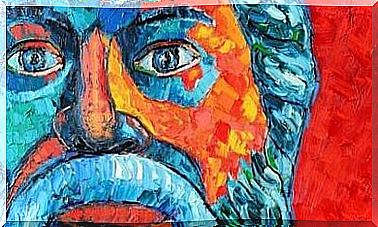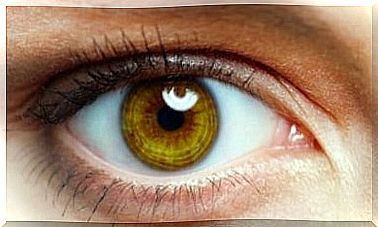Multiple Sclerosis: Causes, Symptoms And Treatment
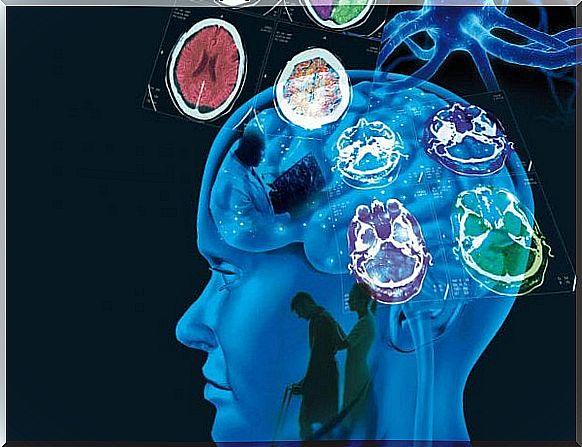
Multiple sclerosis (MS) is a chronic disease of the central nervous system. It exists all over the world. It is the most common cause of neurological changes in young and middle-aged adults, especially women.
The myelin sheath is made up of proteins and fats. It is a type of sheath that protects and covers the nerve fibers of the central nervous system. It also facilitates the conduction of electrical impulses between the fibers.
In people with multiple sclerosis, myelin is affected. And this infestation can leave scars (sclerosis). Scientists call this process demyelination.
Myelin doesn’t just protect nerve fibers. It also helps them to function properly. Damage to the myelin sheath drastically reduces the nerve’s ability to transmit impulses. Fortunately, damage to the myelin is often reversible.
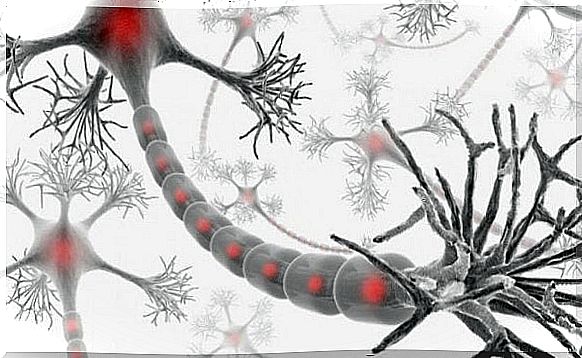
What Causes Multiple Sclerosis?
The history of multiple sclerosis is unknown. We do know that the disease involves different systems. The causes include immune and hereditary factors, as well as infections, among others.
The exact role of viral infection in the onset and progression of the disease is unknown. Still, scientists have studied several viruses in relation to the disease.
They relate the Epstein-Barr virus to demyelination (deterioration of the myelin sheath). There is also some evidence that children exposed to the virus are more susceptible to the disease.
Of all environmental factors, scientists have researched viruses the most. They believe they are one of the triggering or determining factors of the disease.
Experts suspect that viruses modify oligodendrocytes during childhood. The viruses condition them to have an abnormal immune response later on. This then alters proper myelination.
Hereditary predisposition also plays a clear role in multiple sclerosis. This was strongly reflected in the studies conducted on twins where at least one member had MS. After examining the twins, it was found that in 31% of identical twins, the other member of the twin also had MS. In fraternal twins this was 5%.
Symptoms of Multiple Sclerosis
At first, the symptoms may be so mild that the patient does not feel the need to see a doctor. The most common early symptoms are:
- weakness in one or more limbs
- blurry sight
- changes in sensitivity
- double vision
- disturbances in movement coordination (ataxia)
Weakness in the limbs is also common. Many people with multiple sclerosis feel fatigued during exercise and have difficulty climbing stairs. They also lose agility and muscle tone. These symptoms seem to appear gradually.
Fatigue: the most common symptom
Fatigue is the most common symptom of multiple sclerosis. It affects 70 to 90% of patients. Half of them describe it as the worst symptom because it greatly affects quality of life.
Fatigue drastically reduces the quality of life for people with multiple sclerosis. That is why it is so important to follow this closely. However, it is difficult to manage and interpret fatigue because its perception is subjective.
Energy loss affects motor skills as much as cognitive skills. We must also distinguish between weakness, loss of energy and difficulty concentrating.
Physicians should therefore make a differential diagnosis of fatigue in multiple sclerosis. Depression, motor disorders, thyroid problems, or side effects of antiepileptic or immunosuppressive drugs may have similar clinical features.
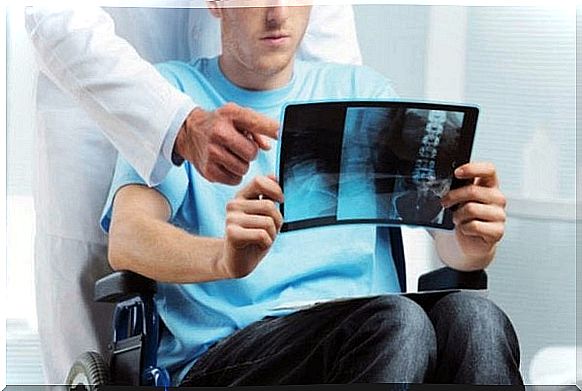
Schubs
We speak of relapses (relapses, exacerbations) when new complaints arise and/or existing complaints of multiple sclerosis increase and when these complaints persist for more than 24 hours.
These relapses are attacks that affect different parts of the central nervous system and are separated from each other for at least a month. If, on the other hand, the symptoms disappear, we classify that as a remission (partial or complete recovery). Remission is an improvement or disappearance of symptoms for at least 24 hours.
By ifere symptoms
The following symptoms support the diagnosis of multiple sclerosis when they are clinically present. They are as follows:
- Lhermitte’s sign: The patient feels as if an electrical charge is running down his entire back. Sometimes the sensation is felt all the way to the extremities. In many patients it is triggered by bending the head forward.
- Sensitivity to heat
- Uhthoff’s phenomenon: worsening of multiple sclerosis symptoms due to elevated body temperature. External factors (summer, a hot shower, smoking) or internal factors (fever, intense exercise, menstruation) can cause this symptom.
- Paroxysmal Seizures: Paroxysmal movement disorders occur suddenly and intermittently. They don’t last very long but can appear in short bursts a few times or many times a day. The most common type of paroxysmal symptom is paroxysmal dystonia.
Treatment of multiple sclerosis
Unfortunately, there is currently no cure for MS. Nor is there any treatment that can positively influence the natural clinical course of the disease.
In the long run, the goal is to try and reduce the number of scales. Doctors also help their patients to alleviate the effects of the disease and the progression of the disability.
To do this, they use immunosuppressants (azathioprine, cyclophosphamide, methotrexate) and interferons (alpha interferons).
Doctors use high doses of corticoids for short periods of time (three to five days) to treat relapses. Correct identification of the scale is key to making a diagnosis and finding the right treatment.
The symptoms that indicate a relapse are one or more lesions (abnormal spots) caused by an inflammatory process. That process is located in the central nervous system. And corticosteroids are the drug of choice for relapses because they target inflammation.
Treating the Symptoms of MS
We can summarize symptomatic treatment as follows:
- Spasticity: baclofen, diazepam, dantrolene…
- Fatigue: amantadine, modafinil, methylphenidate…
- Pain: carbamazepine, phenytoin, gabapentin, pregabalin…
- Bladder hyperreflexia: oxybutynin, bethanechol…
- Cognitive complaints: donepezil, interferon beta, memantine…
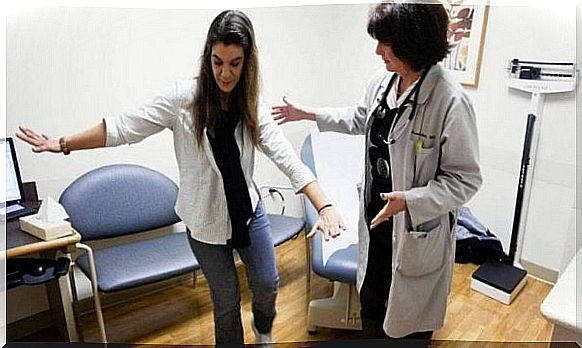
Rehabilitation
Rehabilitation is extremely important. The basic goal is to prevent disability in the patient. Or at least reduce it as much as possible.
Therapists help patients learn new skills and maximize their healthy systems. In this way they can maintain a certain independence.
It is also fundamental to adapt their social and work environment. In addition, psychological support for the patient, family and caregivers is essential.
Experts recommend offering patients tailor-made multidisciplinary rehabilitation treatment. People with MS can improve their quality of life in terms of health and the ability to perform daily activities. In fact, many organizations for people with MS offer treatments that focus on holistic rehabilitation.
Bibliography
Poser CM, Brinar VV. Diagnostic Criteria for Multiple Sclerosis ; FEDEM, Rev 14, 1-19.
Harrison’s Principles of Internal Medicine , Vol. 2; Editorial Interamericana, 13th edition.


